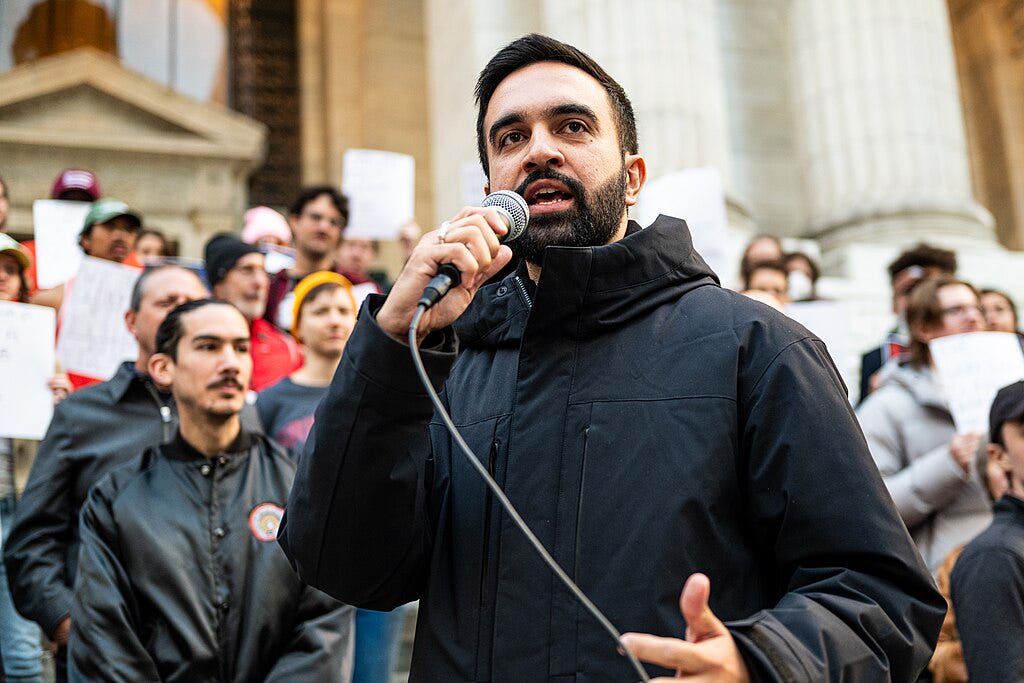
Even though The New York Times no longer makes endorsements in the city’s mayoral race, its news pages appear to be taking a stand against the candidacy of Zohran Mamdani, the Democrat’s candidate.
The paper also ran an editorial urging voters to not rank Mamdani on the ballot (the city uses ranked voting allowing voters to list candidates in order of preference).
On July 3, the paper ran a story in the print version with the headline, “Mamdani Faces Scrutiny Over College Application,” which prompted a flurry of corresponding puffery from Fox “News.”
The web version of the story had a different headline, a real headscratcher that prompts the question why this is even considered worthy of a story: “Mamdani Identified as Asian and African American on College Application.”
As Mamdani was born in Uganda and is of Indian descent, he was certainly able to honestly check two boxes on a college application, one for “Asian” and another for “Black or African American.”
So, what’s the news here?
That was one of the questions posed by Guardian columnist Margaret Sullivan, a former public editor of the Times.
She called out the Times in a July 7 column, asking in her headline, “Is the New York Times trying to wreck Zohran Mamdani’s mayoral bid?” Her subhead adds, “With their made-up scandal, combined with the pre-election editorial, the Times looks like it’s on a crusade against Mamdani.”
The Times even printed a copy of a blank application form, as if it was evidence of some kind of malfeasance by Mamdani.
The information in the story came to the Times courtesy of a hack of Columbia University’s computer databases via a source the paper did not name.
Sullivan wrote, “That source turns out to be Jordan Lasker, who – as the Guardian has reported – is a well-known and much criticized “eugenicist”, AKA white supremacist.” She wrote that there should be a higher bar to justify publication of hacked or stolen information.
The Times passed off Lasker in much more innocuous terms, as if he wasn’t a racist:
“The data was shared with The Times by an intermediary who goes by the name Crémieux on Substack and X. He provided the data under condition of anonymity, although his identity has been made public elsewhere. He is an academic who opposes affirmative action and writes often about I.Q. and race.”
Sullivan accurately said the Times story “fell far short of the newsworthiness bar.”
She is absolutely right. There’s enough actual news going on in the world right now. The Times need not manufacture any to fill its pages and online news hole.




